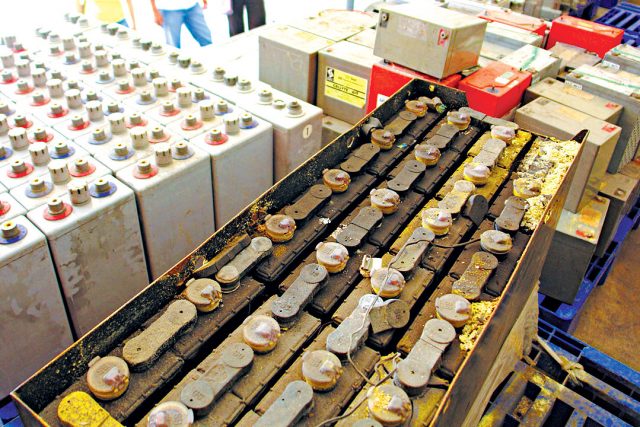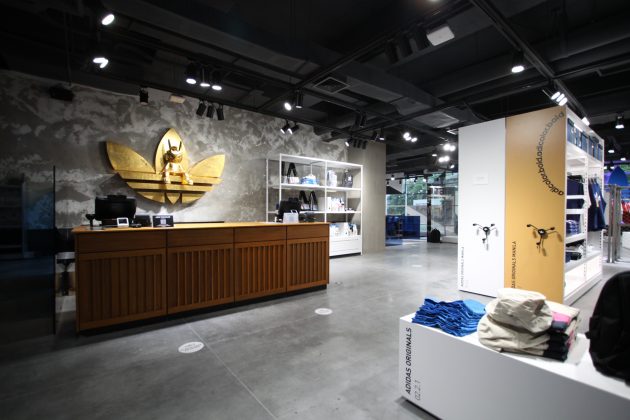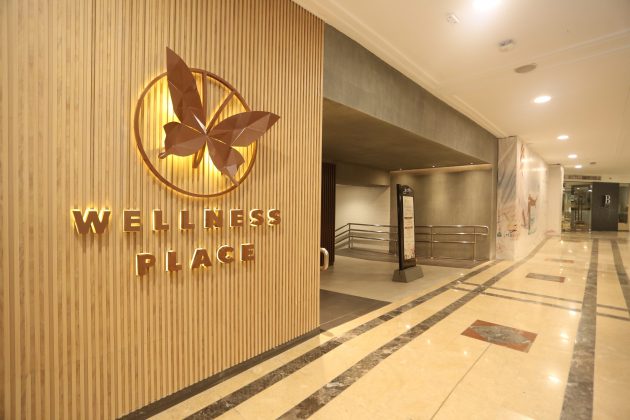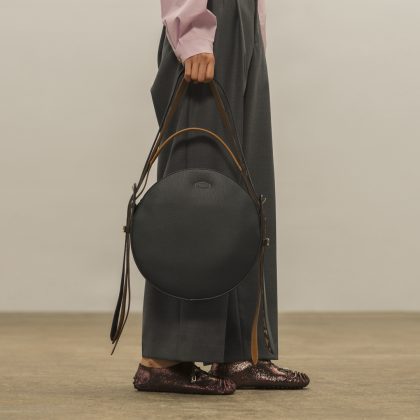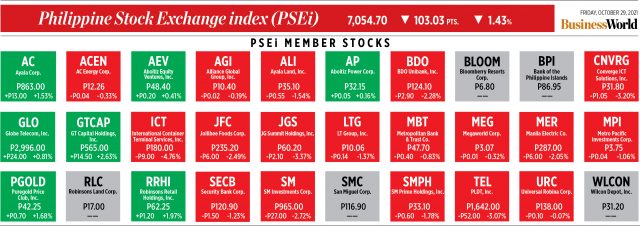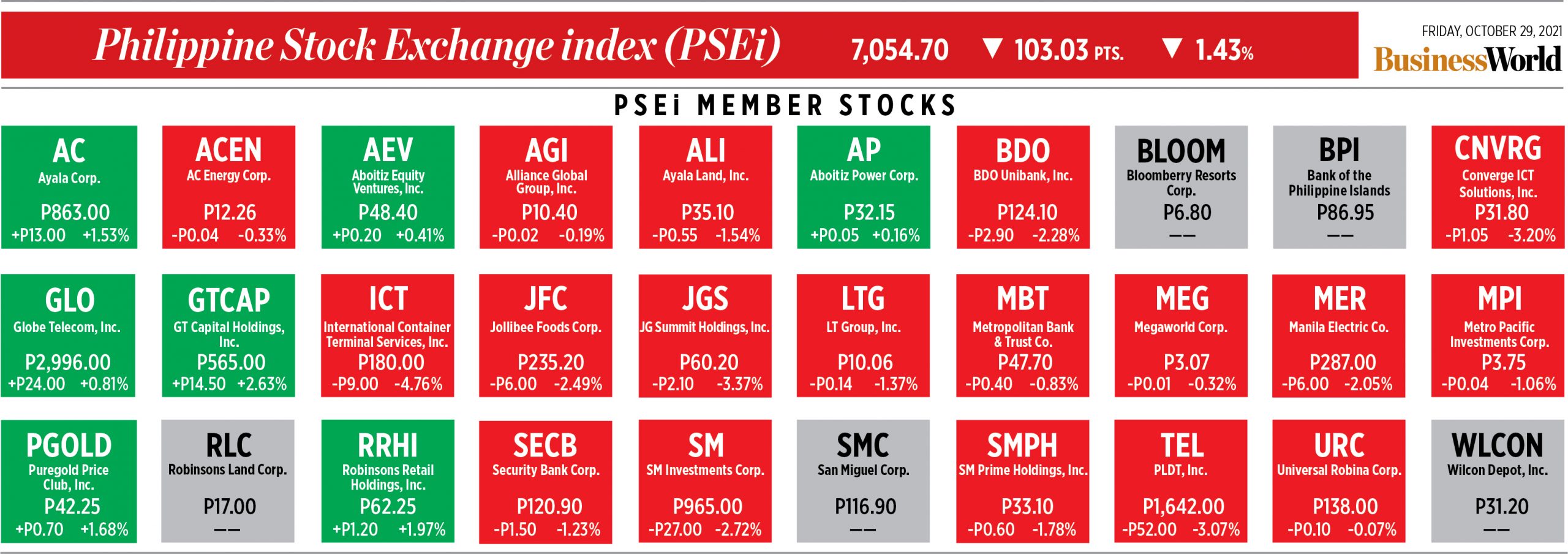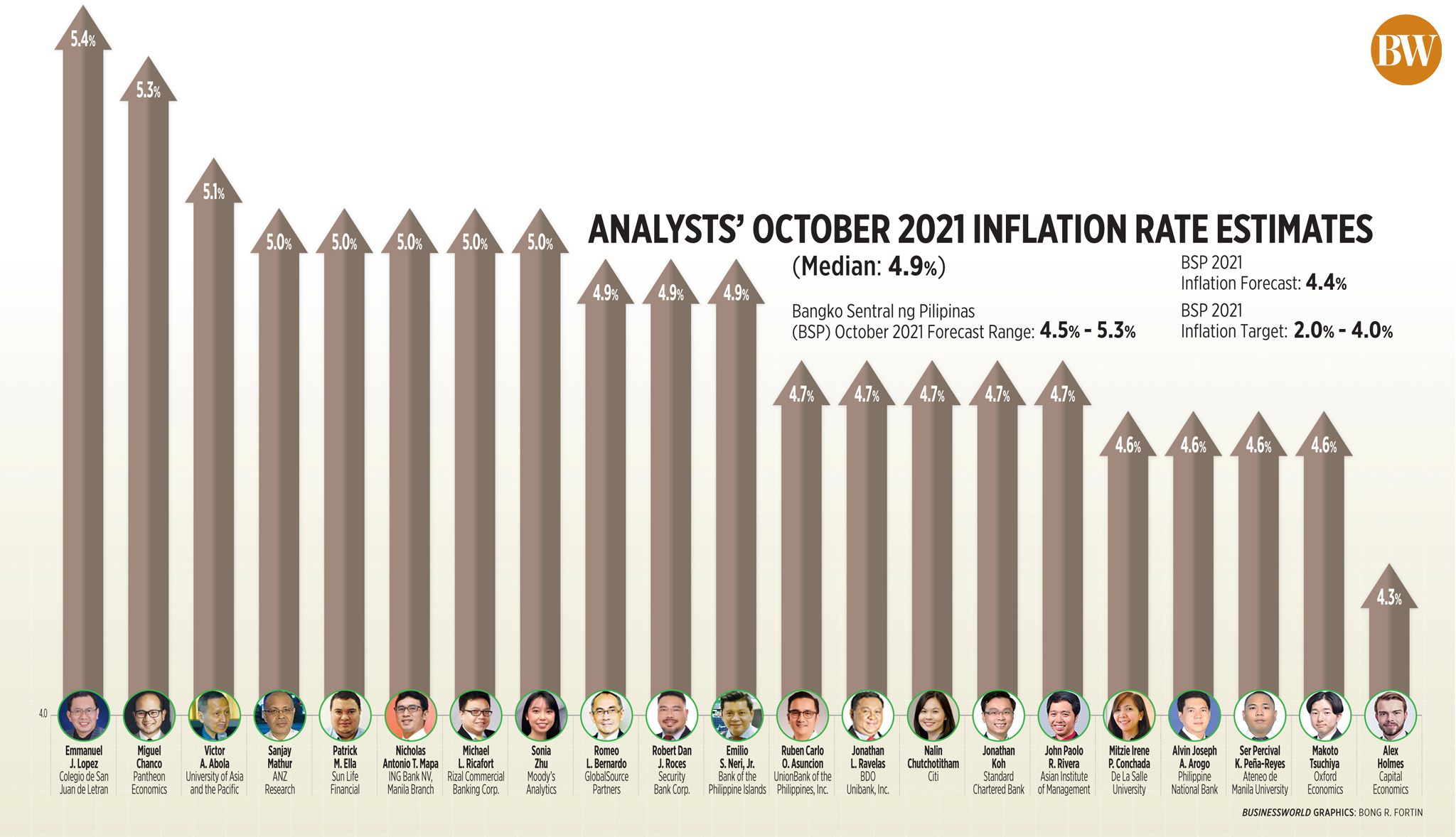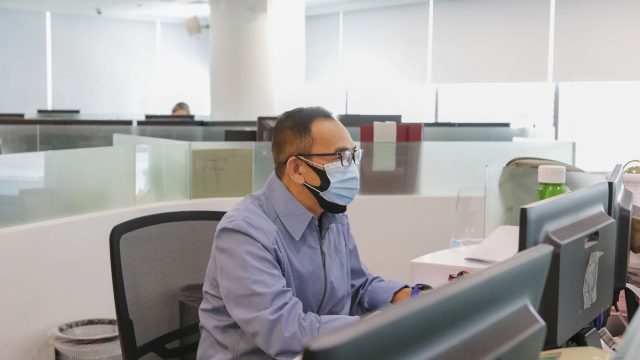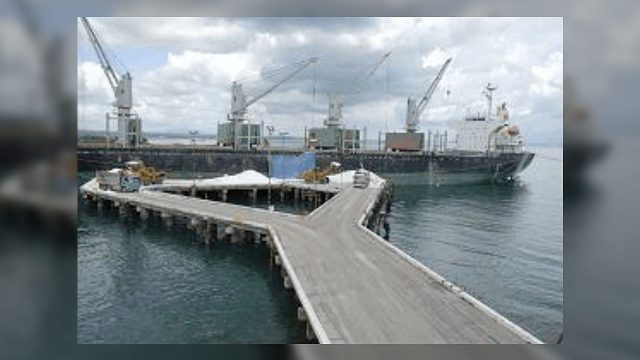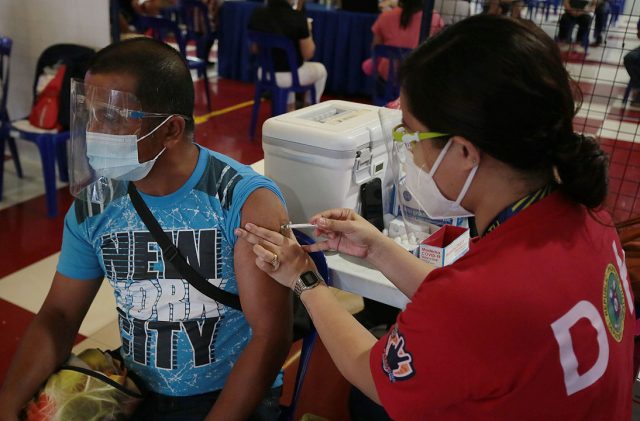Trunc marks 1st year with promos
MULTI-BRAND e-commerce site Trunc.ph, which launched on Nov. 6, 2020, has become known for its unique concepts, which bring together many of the SSI Group’s brands across four categories: Trunc for lifestyle brands; Trunc Show for luxury brands; PowderRoom for exclusive beauty collections; and Trunc at Home for fine furnishings, accessories, wine, and food. Today it has the most number of locally distributed luxury brands and is also the only retail site in the country that carries luxury, bridge, beauty, home, and food all in one platform. Trunc is spotlighting collections featuring new brand collaborations like Marc Jacobs x Peanuts and BOSS x Russell Athletic. Trunc’s newest brand additions also include DKNY and Longchamp. The digital stand-alone boutique is onboarding more European fashion brands in the coming months. It also offers easier access to sought-after runway pieces ranging from shoes, bags, and handbags at Salvatore Ferragamo’s Virtual Store. Beauty and skincare enthusiasts can find Fenty Beauty, Hourglass, Biotherm, Philosophy, SKII, and Nest at PowderRoom, with Juice Beauty, Huda Beauty, Kerastase, and Payot coming soon. To mark its first year, Trunc.ph offers Free Shipping on its birth date Nov. 6. The limited-time offer can be used multiple times and on top of other promos. Brand exclusions apply. From Nov. 3 to 7, all shoppers will receive a P500 voucher, which can be redeemed from Dec. 1 to 31 with a minimum spend of P1,500. The voucher is applicable on regular, sale, and even markdown items. Brand exclusions apply. In addition to the voucher, customers can avail 10% off on regular, sale, and markdown items by using the TRUNCBDAY promo code. The discount can be used multiple times within Nov. 3 to 7 and is applicable on top of other vouchers. Brand exclusions apply. With offers and discounts up to 70% off across Trunc.ph’s brands and concepts, select labels are headlining a series of flash sales from Nov. 3 to 7 at 9 to 10 a.m. and 8 to 9 p.m. This includes Banana Republic, Furla, Old Navy, BOSS, GAP, Polo Ralph Lauren, Calvin Klein, Marks & Spencer, Springfield, Charriol, and Nine West. Visit Trunc.ph to discover its birthday offerings.
Glorietta opens new flagship stores, retail concepts
GLORIETTA is now home to brands that highlight two pillars prevalent in the new normal lifestyle in the newly rejuvenated fitness and wellness zone. The largest Adidas store in the Philippines — 1,500 sqm — opened its doors at the 2nd level of Glorietta 3, a space that blends several features, including advocacies, innovations, and exclusive store features. Nike, meanwhile, moved to a new location with up to 900 sqm of retail space. Located on the 2nd floor of Glorietta 3, the store features a new concept known as Nike Rise, highlighting a more personalized shopping experience that connects clients with their sports and communities. One of the largest sports retail chains in Europe is coming to Glorietta in 2022: Go Sports. Featuring a unique store concept staffed by former athletes, it carries a full range of athletic equipment and necessities. Given the expertise of the store personnel, customers can be assured of proper equipment demonstration and guidance when looking for specific products. The space is also designed to provide an experiential shopping experience with multiple product displays that customers can try out. Glorietta is also launching its first-ever wellness specialty zone known as Wellness Place. This all-in-one self-care haven includes stores and merchants ranging from haircare to skincare, beauty salons, and boutiques. Those looking for a trim or a new hairstyle altogether can visit Headway Salon and T&J Salon. Meanwhile, Skin Station offers affordable skincare treatments like Painless Diode Laser Hair Removal, facials and peels, whitening and anti-aging treatments, and more. Waxing sessions are also available at LayBare for both men and women. Also opening is Surge Fitness, a 1,384-sqm gym with premium facilities, including a functional training area, indoor turf, free weights, machine area, virtual reality fitness, state-of-the-art group class studio, interactive spinning area, sauna room, and more. It also has a play zone for fun and interactive games shared with friends. It is managed by certified fitness coaches. Surge Fitness operates in compliance with the Department of Health (DoH) and the Inter-Agency Task Force (IAFT), thus observing mandatory safety protocols and operational hours. For more information on store openings, ongoing promos, mall events, and safety measures, visit Ayala Malls https://www.facebook.com/AyalaMalls360/ or through IG @iloveayalamalls.
Uniqlo opens Live Station
JAPANESE global brand Uniqlo brings more shopping convenience with the launch of Uniqlo Live Station. Available on Uniqlo’s Facebook, IGTV, and YouTube pages, this online event series aims to give customers a new and fun way of shopping for their LifeWear clothing essentials. Hosted by Justin Quirino and celebrity fashion stylist Bea Constantino, the first episode showcases the latest Uniqlo AIRism Collection. AIRism is clothing made with a fiber material that absorbs the water vapor more quickly than ordinary polyester and diffuses moisture using a quick-drying capillary effect. During the online event, the hosts demonstrate how AIRism works by showing how quickly it takes for the clothing pieces from the collection to absorb moisture. Viewers were also shown different ways to style the AIRism pieces based on various everyday activities. Customers can visit the official feature page for Uniqlo Live Station at https://www.uniqlo.com/ph/en/spl/live-station. This will house all succeeding Uniqlo Live Stations and will include the complete list of products worn by the host and stylist. They can rewatch the first episode at Uniqlo Philippines’ official Facebook page, Instagram Page and YouTube channel. Stay tuned for succeeding Uniqlo Live Station episodes and upcoming events for special offers and promotions, including the upcoming 11.11 Big Mega Sales Day. For more updates, visit Uniqlo Philippines’ website at uniqlo.com/ph and download the Uniqlo app via Google Play Store or Apple Store.
Boss and NBA launch 2nd co-branded capsule collection
BOSS has announced the launch of its 2nd co-branded capsule collection with the NBA, following the success of the first season, launched earlier this Spring. The Fall/Winter 2021 co-branded collection focuses on the merging of iconic NBA team logos with signature BOSS lettering. The new graphics are seen across 11 styles, including hoodies, T-shirts, sweatshirts, joggers, jackets and more. The logos of the Boston Celtics and Dallas Mavericks join last season’s line-up of the Brooklyn Nets, Chicago Bulls, Golden State Warriors, Houston Rockets, Los Angeles Lakers, Miami Heat, New York Knicks and Toronto Raptors along with the NBA Logoman. The collection is now available in select European, South East Asia and Asia Pacific countries. In celebration of the capsule collection, BOSS has released a special social media campaign featuring three-time NBA champion Klay Thompson and TikTok creators Cole Micek and Koby Lomax. The campaign showcases the three wearing designs from the latest capsule release. To celebrate the exclusive launch of the BOSS & NBA Fall/Winter 2021 collection in the Philippines, the items will be available at a two-Week Pop-up at Level 1, Central Square from Oct. 29 to Nov. 12. Customers will receive exclusive gifts with purchase. The collection will be available in BOSS stores afterwards.
Garnier Vitamin C Serum garners over 21,000 5-star reviews
GARNIER Vitamin C Serum has received over 21,000 five-star reviews on Shopee and Lazada, with over 100,000 Filipinos having tried the product. The Vitamin C serum contains 30 times the Vitamin C concentration of typical vitamin C serums, making it Garnier’s most concentrated formula and giving it the brightening power to fade and lighten dark spots and acne marks in just three days. The Garnier Vitamin C Serum is easy to add to existing skincare routines and it is best used between toner and moisturizer. The Garnier Vitamin C Serum comes in three sizes (7.5 ml sachet, 15 ml and 30 ml bottles) and in a twin-pack for extra savings. It can be found on the official Garnier stores on Shopee Mall, LazMall, Watsons drugstores, and all leading supermarkets nationwide.
Hender Scheme, Tod’s collaborate
TOD’S introduces the fourth installment of the Tod’s Factory project, a creative laboratory in which established and emerging designers are invited to offer their point of view on the Tod’s DNA and its iconographic heritage, by giving them access to Tod’s craftsmen in the Marche region of Italy. The result is a range of capsule collections and limited-edition pieces within the season, with a strong focus on experimentation. Hender Scheme, the Japanese brand founded in 2010 by Ryo Kashiwazaki, has been chosen for this fourth collaboration. Working alongside Tod’s creative director Walter Chiapponi, Mr. Kashiwazaki devised a capsule collection of shoes, bags and apparel that combines heritage and icons of Tod’s with Hender Scheme’s creative and experimental approach, creating a connection that draws a seamless line. The capsule collection was presented in September with an event during Milan Fashion Week and is now available in select Tod’s boutiques, on Tods.com, at 10 Corso Como in Milan and Seoul, Dover Street Market in Tokyo, Beijing and Singapore and Hender Scheme’s flagship store “sukima EBISU” and “sukima” official online store. In the Philippines, Tod’s is exclusively distributed by Stores Specialists, Inc., and is located at Greenbelt 4, Rustan’s Shangri-La, and Shangri-La Plaza and online at Trunc.ph, Rustans.com, Zalora, and Lazada.

